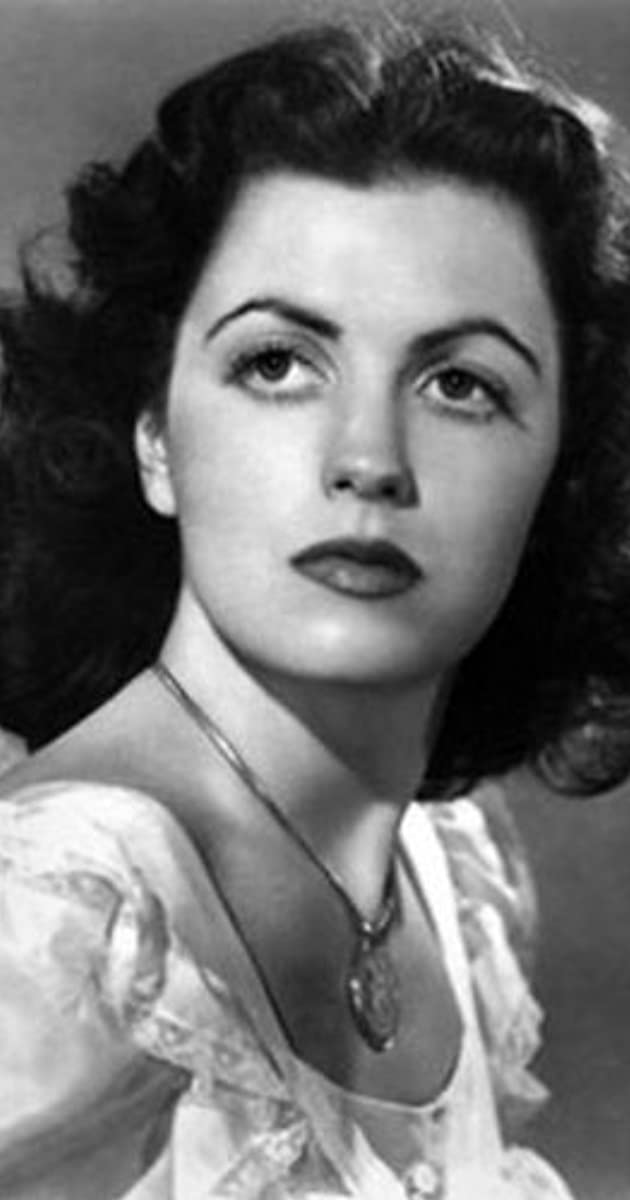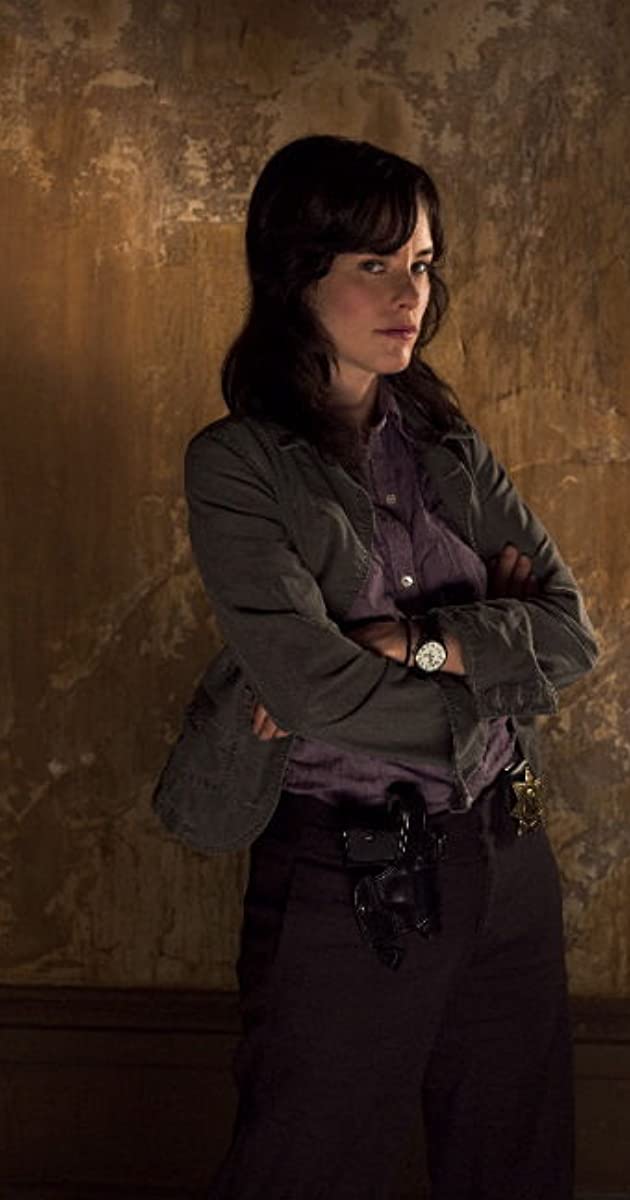
Sultry, brunette Faith Domergue was born in New Orleans, part Creole, but primarily of Irish and English extraction. She was adopted when she was six weeks old. In 1927 her adoptive parents took her to live in California, where she was educated at Catholic schools in Santa Monica. She had her first flirt with the acting profession while still at school, on stage at the Bliss Hayden Theatre. Just after her graduation she suffered a disfiguring injury during a car accident when she was thrown into a windshield, and spent 18 months undergoing intensive plastic surgery. Still in her teens, she was briefly married to Acapulco night club owner and bandleader Teddy Stauffer.
By 1941 she was properly back in circulation. “Discovered” by a Warner Brothers talent scout, she was signed to a contract and her name streamlined a la Hollywood to “Faith Dorn”. Sometime at the end of May that year young Faith found herself at a studio party (it was not unheard of for underage ingénues to be thrown together with rich or influential men) given on board the Southern Cross, a yacht owned by billionaire Howard Hughes. Hughes, 21 years her senior, became quickly infatuated with the teenager and bought out her contract from Warner Brothers for $50,000, then signed her to the studio he owned, RKO Pictures. He also mollified her adoptive parents by buying them a house, and he paid for Faith to take lessons to perfect her diction and acting. The romantic affair continued on-and-off until mid-1943, and was eventually scuttled by Hughes’ various indiscretions with stars Lana Turner, Ava Gardner and Rita Hayworth.
In 1945 Faith reclaimed her original name, Domergue (insisting it be pronounced “Dah-mure”) and, by the following year, made her screen debut in Young Widow (1946), a film starring another Hughes find, Jane Russell. Hughes then spent the extravagant–for the time–amount of $3.2 million on Vendetta (1950), the picture that was to catapult Faith to stardom. Three directors went to work on the project, only to be fired in quick succession: Max Ophüls, Preston Sturges and Stuart Heisler. Faith’s lack of theatrical training also proved to be a detriment. The picture was eventually completed by Mel Ferrer, but not released until 1950. When it finally arrived in cinemas, it–like Hughes other fiasco, the Spruce Goose–failed to take off. An earlier effort, the film noir Where Danger Lives (1950), was also released at this time. It starred Domergue in the role as a homicidal femme fatale, opposite Robert Mitchum as the lover she manipulates into taking the blame for her murdering millionaire hubby Claude Rains. In spite of another huge publicity campaign, with Faith featured on the cover of “Look” Magazine and articles in numerous other publications, this film also performed indifferently at the box office and caused Hughes to lose interest in his erstwhile protégé.
During the next few years Faith began to freelance at other studios, appearing in westerns: The Duel at Silver Creek (1952), with Audie Murphy; The Great Sioux Uprising (1953), with Jeff Chandler; and Santa Fe Passage (1955) with John Payne at Republic. In 1955 she starred in the first of a trio of sci-fi/horror outings for which she is chiefly remembered. In This Island Earth (1955), shot in Technicolor at Universal, she played a scientist kidnapped by aliens and, with her colleagues, pressed into service defending their world against interplanetary attack. Helped by a clever script and make-up artist Bud Westmore’s $24,000 creation of a bug-eyed mutant monster, the film was a huge success and has become a cult favorite. Faith essayed yet another scientist engaged in destroying Ray Harryhausen’s giant octopus (six-tentacled, because of the minuscule budget) in It Came from Beneath the Sea (1955). In Cult of the Cobra (1955), Faith replaced Mari Blanchard in the role of the high-priestess of a cobra-worshiping cult who assumes the shape of a serpent in order to kill six GIs who have witnessed a secret ceremony.
Following her separation from Argentine writer/director Hugo Fregonese, Faith made three films in England, most notably as queen of the London underworld in Vernon Sewell’s Soho Incident (1956) (aka “Spin a Dark Web”). During the 1960s she concentrated on television and appeared in everything from Bonanza (1959) to Combat! (1962), from Perry Mason (1957) to Bronco (1958). After making several films in Italy (and getting married for a third time, to assistant director and theatrical producer Paolo Cossa in 1966)) , she revisited the horror genre in the cheap but cheerful The House of Seven Corpses (1974), as the emotive star of a horror movie who awakens the deceased after reading from the “Tibetan Book of the Dead”.
Faith Domergue never quite made it as a major star, unlike Jane Russell. She did, however, acquire something of a cult following because of her involvement in the seminal This Island Earth (1955), as well as her other science-fiction films from this period. Ironically, Faith later confessed that she never much cared for the genre.


